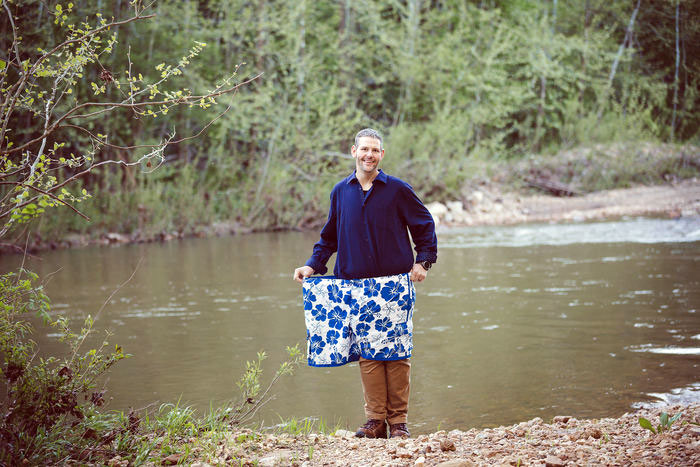Cholelithiasis (Gallstones)
What is the gallbladder?
The gallbladder is a small oblong organ located in the right upper side of the abdomen, under the liver. It is connected to the liver and intestines through small tubes called bile ducts. The gallbladder works to store and concentrate bile, a fluid produced by the liver. This bile carries away waste products from the liver and services to assist in digestion and absorption of fatty foods and fat-soluble vitamins. With fatty food consumption, the gallbladder contracts or squeezes and partially empties into the intestines. After food has been digested, the gallbladder relaxes and begins to store bile again.
What are gallstones?
Gallstones are hard solid concentrations that abnormally form inside the gallbladder. If they block the bile duct, they can cause sharp pains.
What are the risk factors for developing gallstones?
- Females are at a higher risk than males
- The risk of developing stones increases with age
- Rapid weight loss
- Pregnancy
- Use of estrogen containing products such as birth control pills
- Obesity
- Frequent fasting
- Lack of physical exercise
- Diabetes
- Cirrhosis or scarring of the liver
What are the symptoms of gallstones?
Not all gallstones produce symptoms, and some people have stones that remain asymptomatic.
Biliary colic is the most common initial symptom of gallstones. This pain begins as a sudden pain in the right upper abdomen just under the lower ribs, but it can also be felt in the center of the abdomen. It can be accompanied by nausea, vomiting, and pain in the right shoulder or back. These attacks most often occur in response to high fatty meals. As the gallbladder contracts, the stones can block the outlet of the gallbladder resulting in pain. When the gallbladder relaxes again, the pain subsides. After a person experiences one gallbladder attack, it is more likely that they will have symptoms again in the future.
What are the complications of gallstones?
The two main complications of gallstones include acute cholecystitis and choledocholithiasis.
Acute cholecystitis is inflammation of the gallbladder as a result of a complete blockage of the gallbladder caused by a gallstone. The pain associated with acute cholecystitis is constant and often associated with fever. This complication requires immediate medical attention.
Choledocholithiasis occurs when one or more gallstones exits the gallbladder and blocks the main bile duct leading to the intestines. Symptoms often include pain, chills, fever, jaundice (yellowing of the skin), and acute pancreatitis leading to severe abdominal pain. This complication also requires immediate medical attention.
How are gallstones diagnosed?
Most often gallstones are diagnosed through an abdominal ultrasound, however, they may also be noted on other images.
How are gallstones treated?
There are three general treatment options for gallstones.
- Watch and wait.
- Surgical treatment through the removal of the gallbladder and stones.
- Non-surgical treatment through medication management.
While non-surgical options exist, it is widely accepted that the signs and symptoms of gallstones are not likely to resolve without surgical removal.






